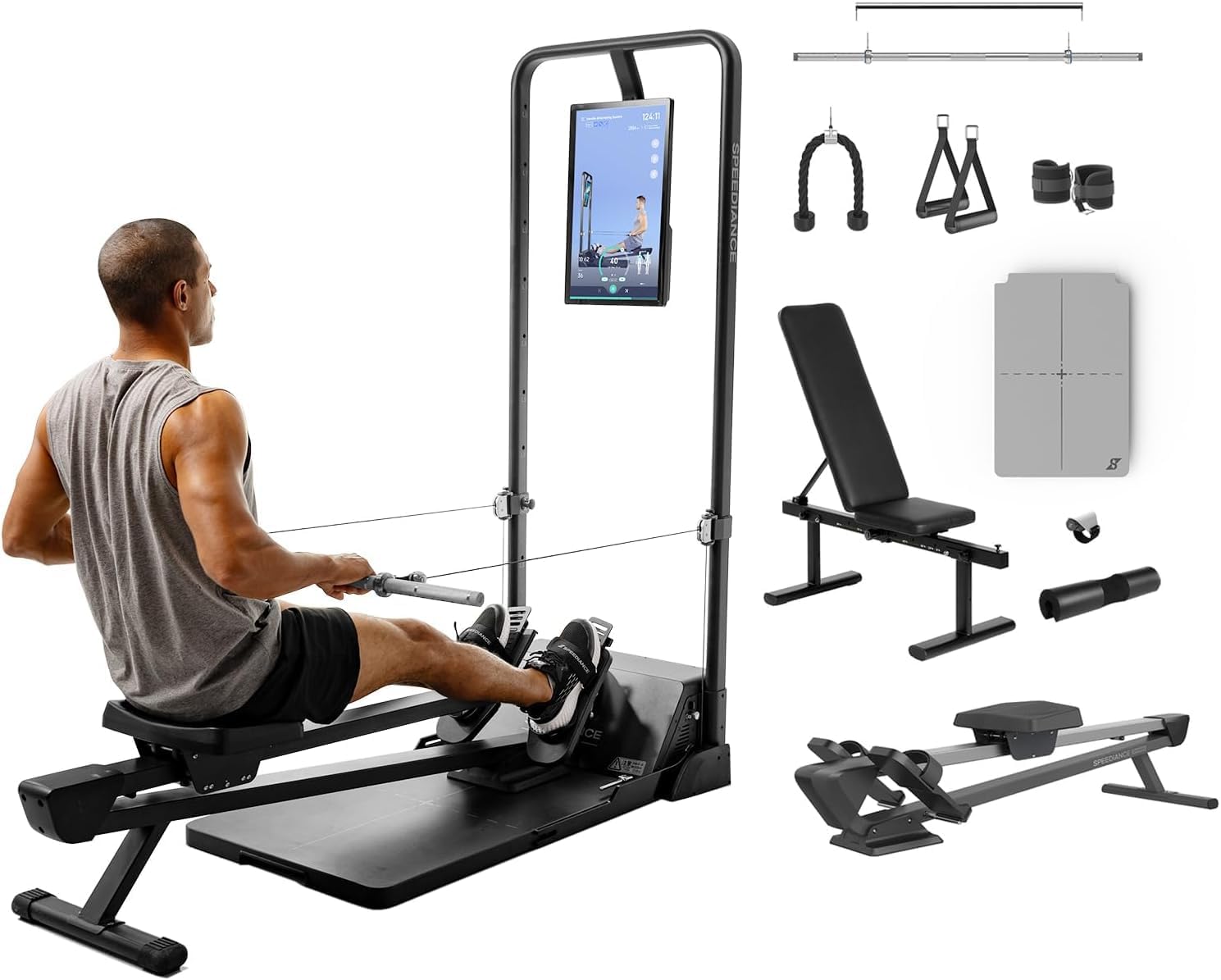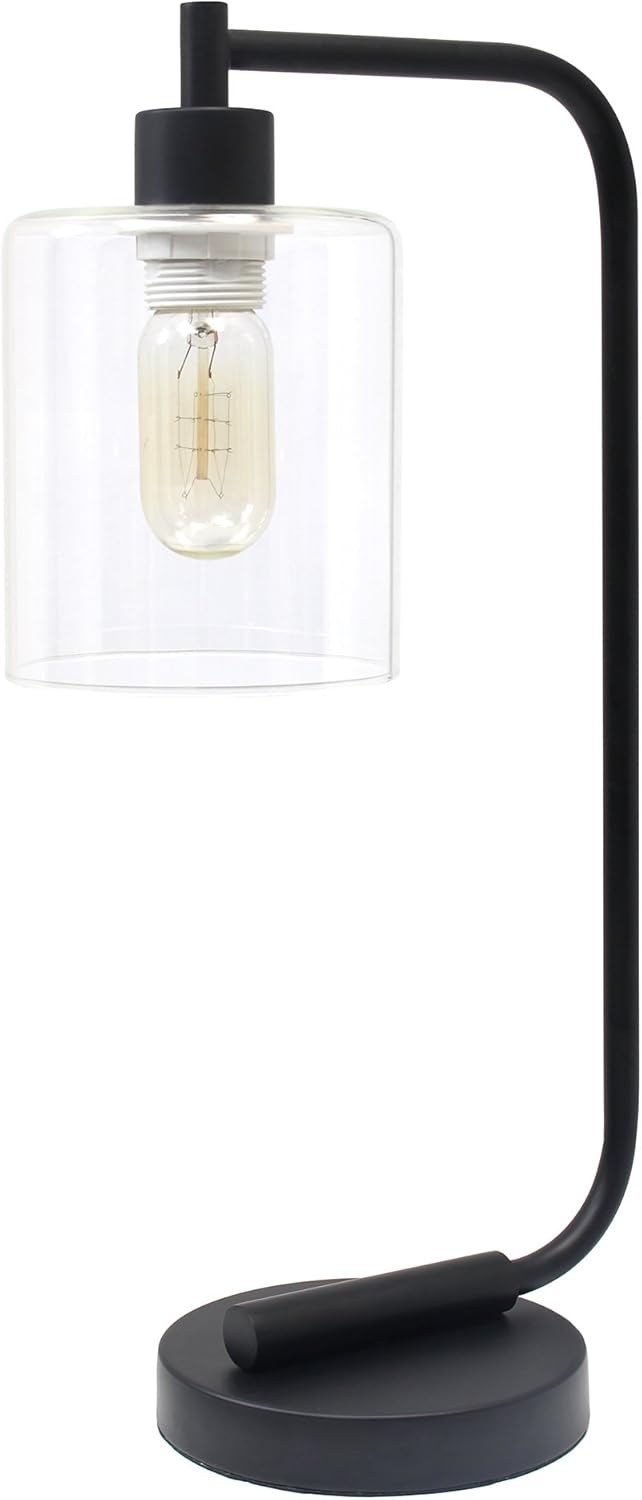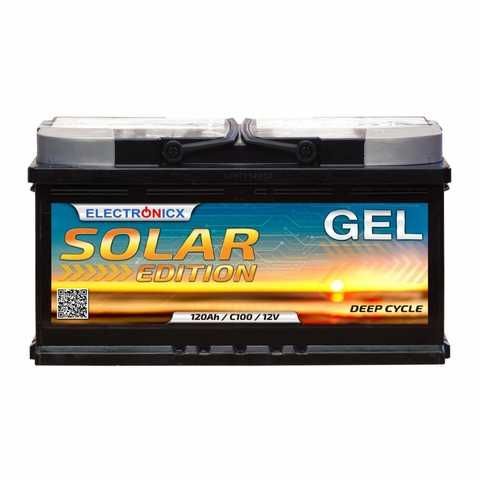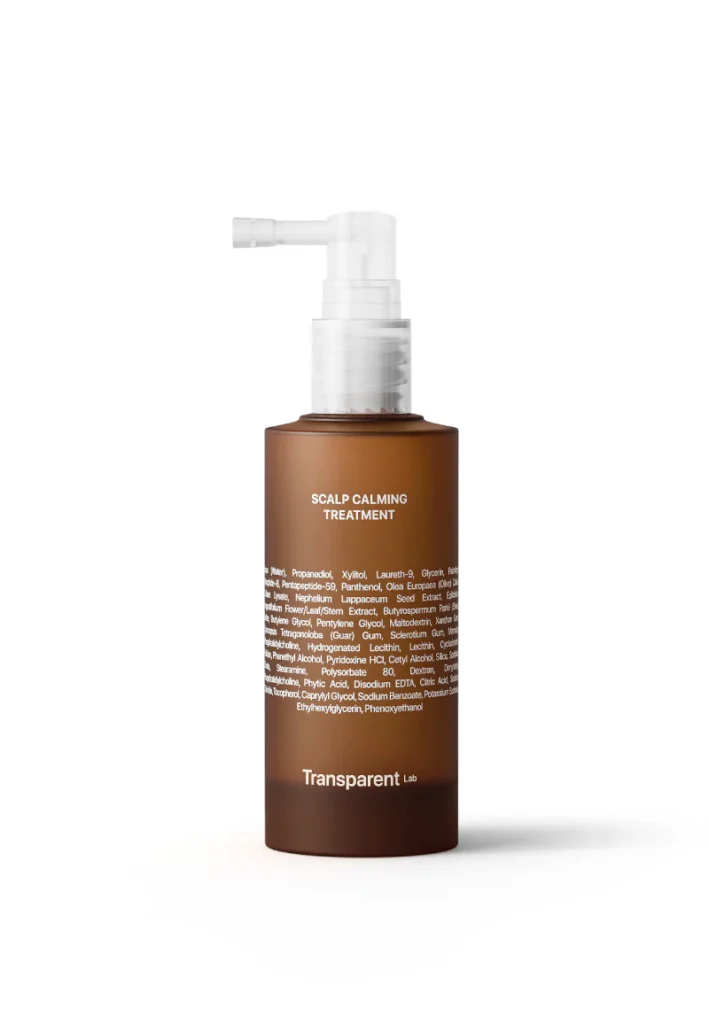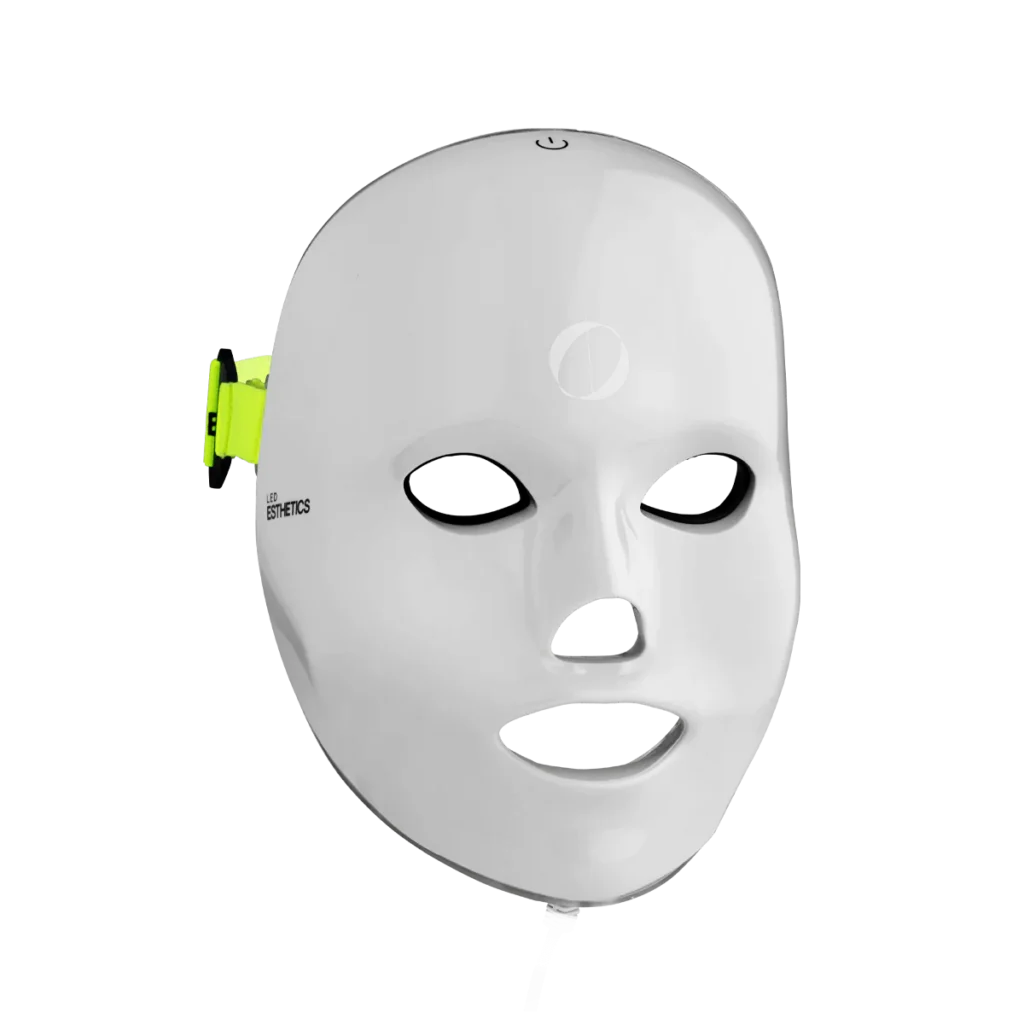Sometimes the hardest part of working out is getting to the gym. The solution isn’t another motivational quote—it’s removing friction from your routine.
In this article, we’ll show you how to turn the Speediance Smart Home Gym System into a daily-strength habit: how to set it up, choose the right training modes, plan week-to-week progress, and keep things safe, efficient, and surprisingly fun. Whether you’re replacing a membership or adding smart resistance to a spare-room setup, you’ll find a blueprint you can start today—and stick with.
Shop Speediance Smart Home Gym System
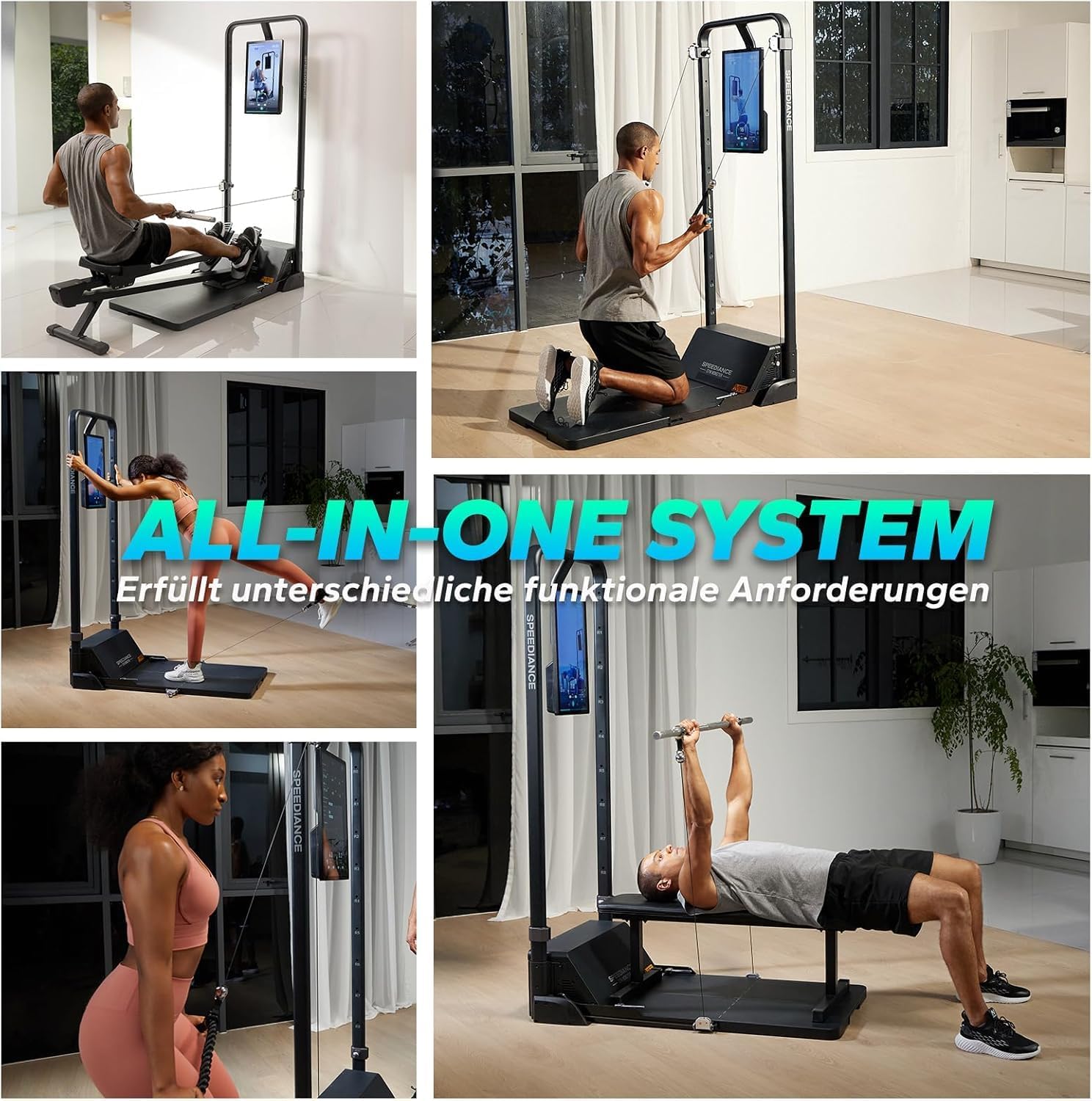
What Makes a Smart Home Gym “Smart” (and Why It Matters)
The heart of a smart gym isn’t the screen—it’s the resistance system. Speediance Smart Home Gym System uses digital resistance delivered through adjustable cables and accessories, so you can dial in exact loads without a stack of plates. That precision unlocks better training decisions: small progress jumps, quick exercise swaps, and forms of resistance you can’t get with free weights (like built-in eccentric emphasis or time-based modes). Add guided programs and rep-tracking, and your living room becomes a coaching space—not just a place to sweat.
Setup & Space Planning: From Box to First Workout
Smart gyms shine when the setup is simple and the footprint is compact. Before your first session:
- Pick the right wall & floor zone. You’ll want stable flooring and enough clearance for presses, rows, and squats (think yoga-mat footprint + arm span).
- Cable alignment matters. Set anchor heights to match the exercise path—low for deadlifts and curls, mid for rows and presses, high for lat work and triceps.
- Accessory audit. Organize handles, bar, ankle straps, belt, and bench (if included/available) so swaps are fast.
- Connectivity check. Pair the unit with your app profile and update firmware. Calibrate resistance once to lock in accuracy.
Ten minutes spent organizing now means frictionless workouts later. The Speediance Smart Home Gym System is built to live in real spaces—spare bedrooms, office corners, and garages—not just showroom lofts.
Training Modes You’ll Actually Use (and When to Use Them)
Digital resistance means you get more than “up and down.” Use these modes strategically:
- Standard Weight Mode: Your everyday choice for hypertrophy and strength—clear sets, reps, and rest.
- Eccentric Emphasis: Heavier on the lowering phase to build strength efficiently without max joint stress. Great for presses, rows, and squats when form is dialed.
- Isokinetic / Time-Under-Tension: Move against a controlled tempo or time target; ideal for rehab style control or technique work.
- Warm-Up Assist & Deload Weeks: Reduce resistance automatically to groove patterns and help recovery.
Rotate modes to meet your goal for the day—power and skill early in the week, muscle-building midweek, and control/tempo or mobility on recovery days.
Shop Speediance Smart Home Gym System
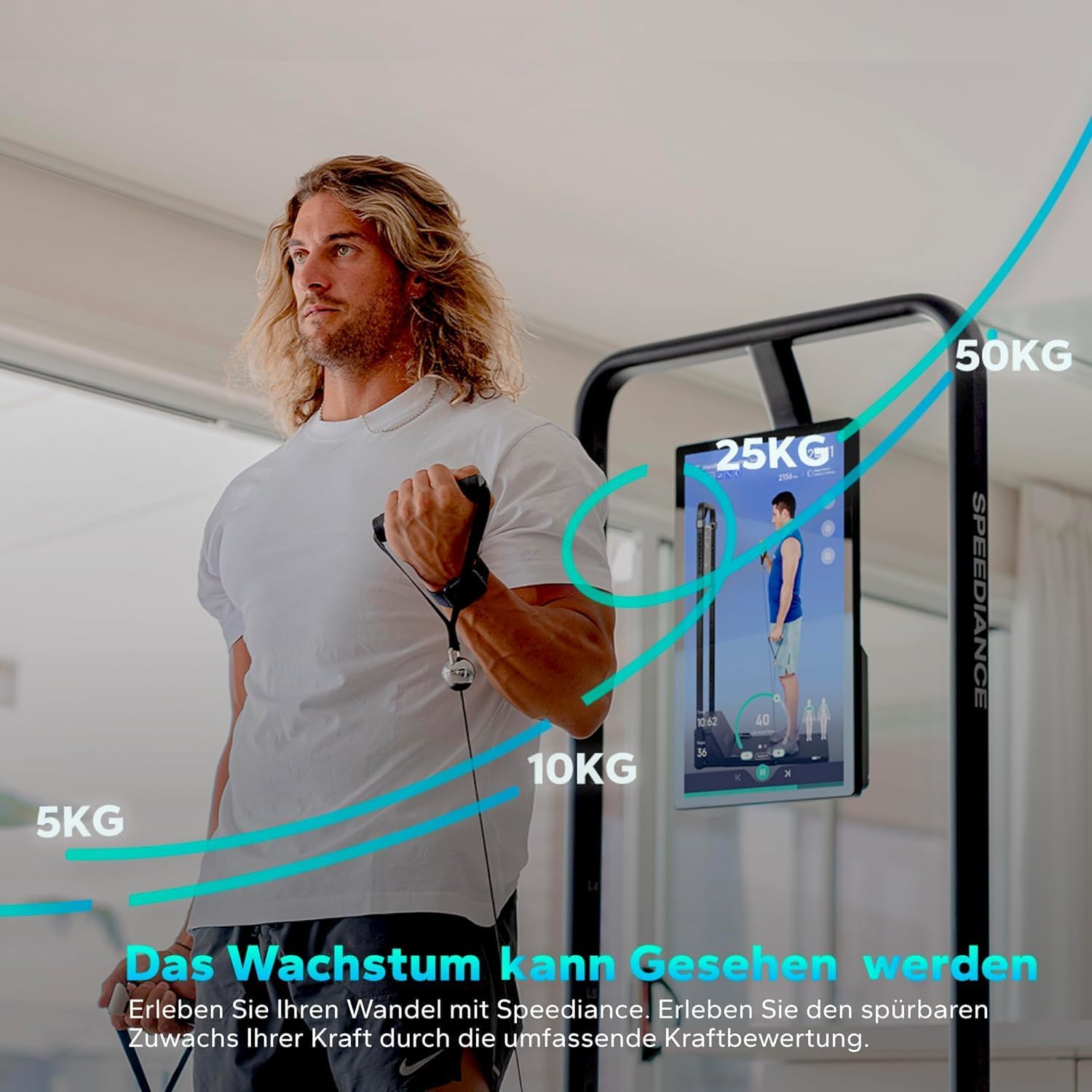
Program Design: Simple Weekly Templates That Work
Your programming should be boring—in the best way. Consistency beats novelty. Choose one of these weekly skeletons and run it for 6–8 weeks:
- A) Full-Body x3 (Mon/Wed/Fri)
- Squat pattern (goblet, belt, or cable front squat)
- Push (horizontal press)
- Pull (row)
- Hinge (RDL or pull-through)
- Accessory pair: core + shoulders/arms
- B) Upper/Lower x4 (Mon/Tue/Thu/Fri)
- Upper: press + row superset, vertical press/pull, arms/core
- Lower: squat + hinge superset, split squat or step-up, calves/core
- C) Push/Pull/Legs x5–6 for advanced trainees with careful recovery.
Use progressive overload: add a small load, an extra rep, or a few more seconds under tension each week—only one knob at a time.
Movement Library: Hit Every Major Pattern
The Speediance Smart Home Gym System covers the same big rocks a full gym does:
- Squat & Lunge: Belt squat, front squat, split squat, step-up.
- Hinge: Romanian deadlift, pull-through, hip hinge to row.
- Horizontal Push/Pull: Chest press (flat/incline), cable push-up, single-arm row, low row.
- Vertical Push/Pull: Shoulder press, high-to-low press, lat pulldown, straight-arm pulldown.
- Core: Pallof press, anti-rotation holds, cable crunch, woodchop.
- Arms/Shoulders: Biceps curl (vary grips), triceps pressdown/overhead, lateral raise.
Pair bilateral moves with unilateral variations to iron out left-right strength gaps.
Shop Speediance Smart Home Gym System
Safety & Form: Smart Doesn’t Mean “Hands-Off”
Digital weights don’t remove the need for good mechanics. Keep these guardrails:
- Neutral spine, honest range. Move the joints you intend; avoid compensations (e.g., leaning on rows).
- Set cable path to you. Adjust pulley height so force lines match the exercise—no awkward angles.
- Respect eccentric emphasis. Heavier lowers are great, but require control. Dial it back if technique wobbles.
- Warm up with purpose. Two lighter sets on the first big lift of the day prime tissues and groove the pattern.
If the unit offers form cues or rep velocity feedback, use them like a coach in the corner.
The Minimalist’s Gear List
You don’t need a full studio to go full body:
- Flat/incline bench (folding works in tight spaces)
- Long bar + pair of handles (often included/available)
- Ankle straps for glutes/hips
- Hip belt if you love belt squats
- Cushioned mat for floor work and for your joints
Store accessories on a wall rack or pegboard so everything is grab-and-go. The less you search, the more you train.
Shop Speediance Smart Home Gym System
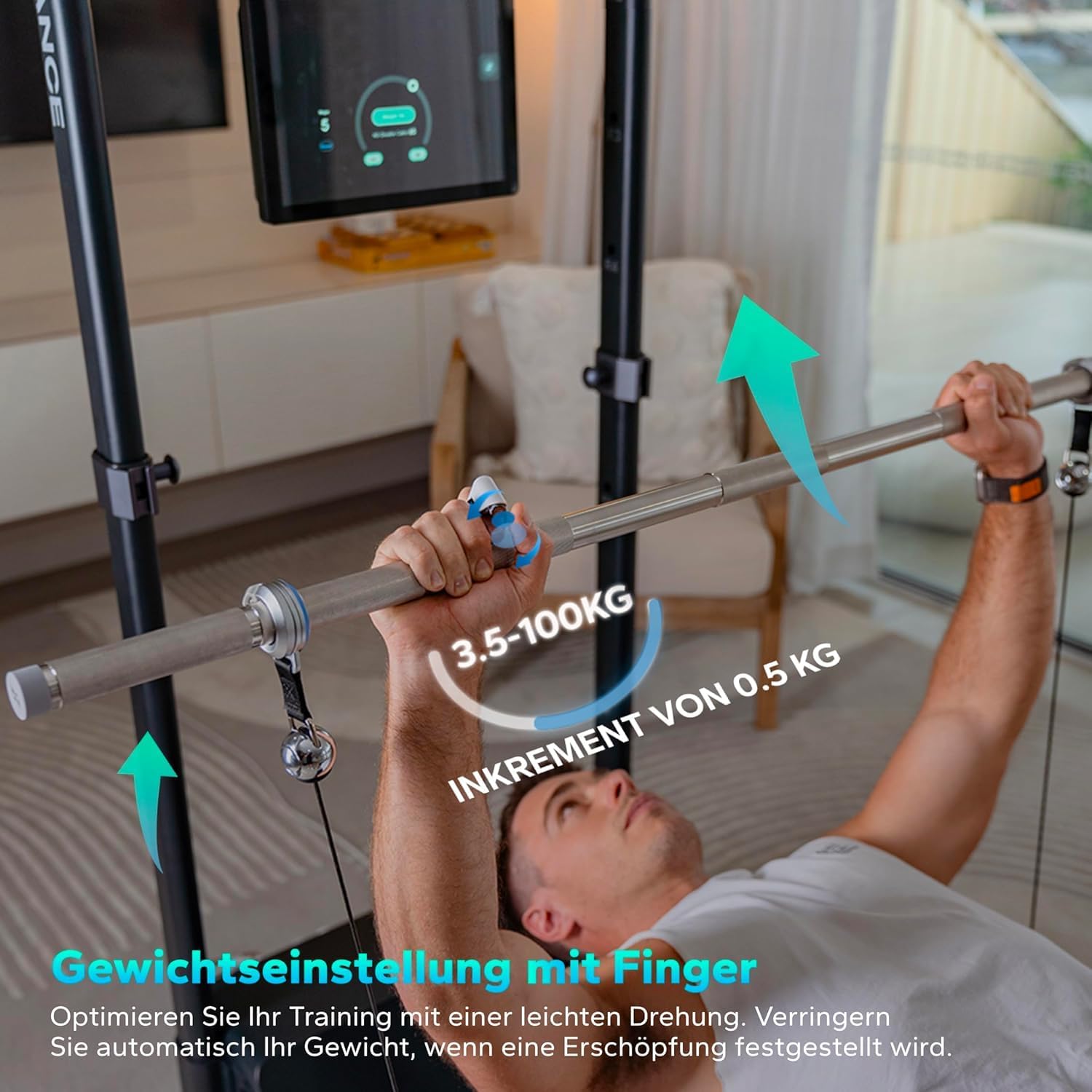
One Mixed Block (Bullets + Guidance): Your First 4 Weeks
- Week 1 – Learn the machine. Use Standard mode, RPE* 6–7, focus on technique.
- Week 2 – Set baselines. Record top sets for each lift; pick two accessories you enjoy.
- Week 3 – Progress knob. Add 2–5% load on main lifts or +1 rep per set. Try eccentric emphasis on one accessory.
- Week 4 – Consolidate. Keep load, shave 10–15 seconds off rest or add a control tempo (3-1-1).
*RPE = Rate of Perceived Exertion (how hard the set feels on a 1–10 scale).
Recovery & Habit Design: The Secret Half of Strength
Training is the stress; recovery is the adaptation. Nail the basics:
- Sleep: Aim for a consistent window. Muscle repair and motor learning happen here.
- Protein & hydration: Build meals around protein and fiber; keep a water bottle near the unit.
- Mobility minimums: Two five-minute blocks per day (hips/shoulders) keep patterns clean.
- Environment cue: Leave the bench at an angle and a towel on the screen—the visual cue reminds you to show up.
Small rituals beat big resolutions. The Speediance Smart Home Gym System lowers friction so discipline feels like routine, not willpower.
Troubleshooting: When Something Feels “Off”
- Strength stalls: Keep form, reduce load 5–10% for one week, then re-build. Or swap a bilateral move for a unilateral variation.
- Joint grumpiness: Check pulley height and handle path; often it’s an angle issue, not the exercise itself.
- Grip fatigue first: Use straps on heavy rows/RDLs sparingly, or alternate thick-bar and standard handles.
- Motivation dips: Shorten sessions (30 minutes) and cap exercises at four. Momentum beats perfection.
Who It’s For (and Who Should Tweak)
- Beginners: Get structure and safe progress with guided modes; prioritize full-body templates and moderate loads.
- Busy professionals: The best program is the one you’ll do—three 35-minute sessions trump one “perfect” 90-minute plan you skip.
- Lifters with a barbell history: Use Speediance Smart Home Gym System for accessories, tempo work, and eccentric focus to complement heavy barbell days.
- Rebuilding after a gap: Start with isokinetic/time-under-tension to regain control, then reintroduce heavier work.
Shop Speediance Smart Home Gym System
Sample 35-Minute Full-Body Session (Save This)
- Goblet/Belt Squat — 3×8 (last set RPE 8)
- One-Arm Chest Press — 3×10/side
- Seated Row — 3×10
- Romanian Deadlift (cable) — 3×8 with slow 3-sec lower
- Pallof Press + Lateral Raise — 2 supersets of 12 reps each
- Cool-down: Hip flexor stretch, thoracic twist, breathing (2 minutes)
That’s it. Done fast, done well, repeat on Wednesday and Friday with small progress.
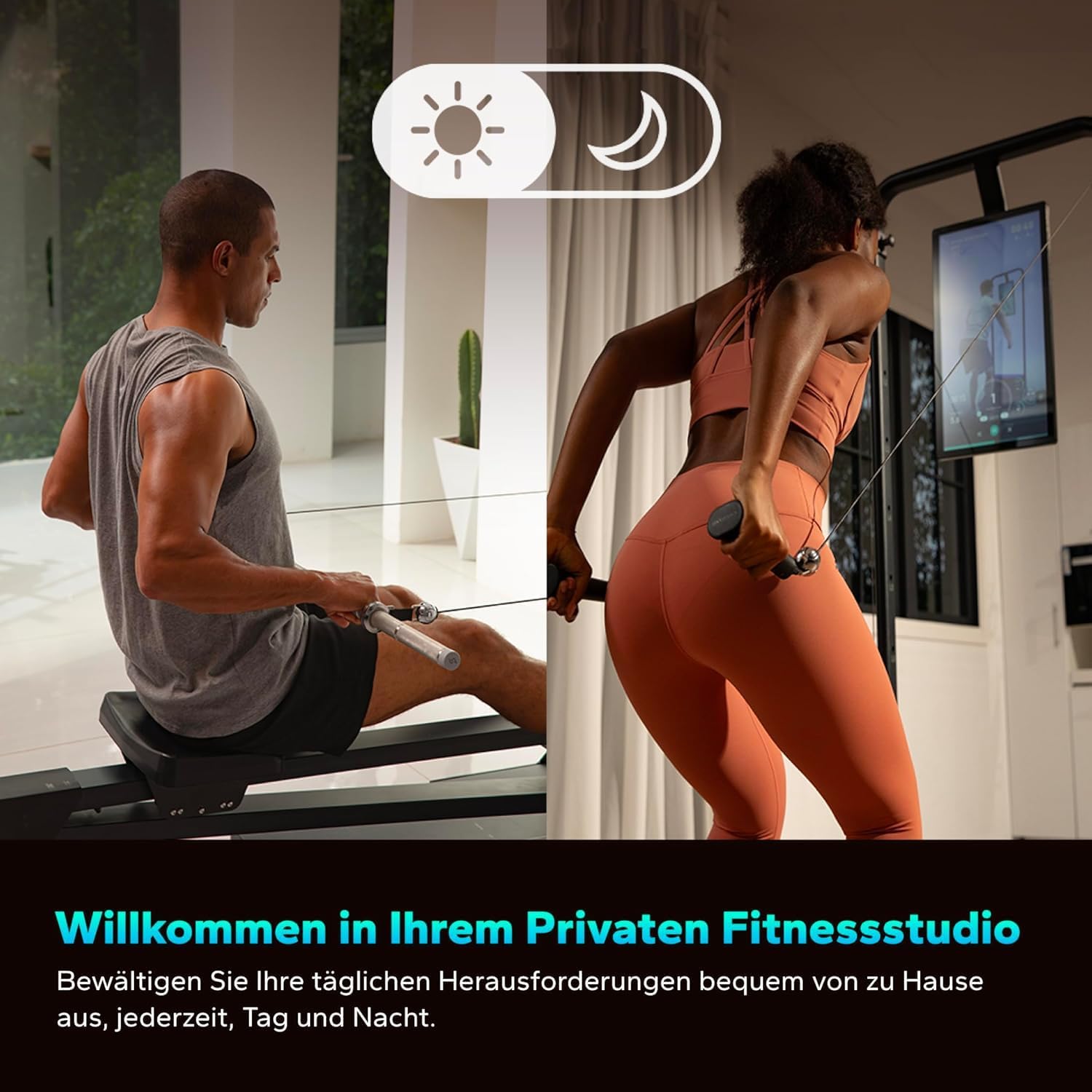
Maintenance & Care: Keep It Smooth
Wipe handles and screens after training. Coil cables neatly to avoid kinks. Update software monthly. If the unit includes self-check diagnostics, run them quarterly. A tidy station is a used station.
Conclusion
Smart strength training works because it meets you where you are. The Speediance Smart Home Gym System compresses a full gym into a compact footprint with precision resistance, guided modes, and quick exercise swaps—so you can lift well, recover well, and get on with your day. Choose a weekly template, progress one knob at a time, and let the machine’s coaching features keep your technique honest. When the gear lives where you live—and when it’s this easy to use—consistency stops being a struggle and starts being your competitive edge.
Shop Speediance Smart Home Gym System
FAQ
- How heavy can digital resistance feel compared with free weights?
Smart resistance delivers real challenge because it applies load throughout the range with consistent tension. Start conservative, then scale in small steps as your form allows. - Can beginners use this safely?
Yes. Begin with Standard mode, moderate loads, and simple full-body templates. The guided cues help you learn patterns before you add intensity. - What accessories do I need first?
A bench, long bar, pair of handles, and ankle straps cover 90% of moves. Add a hip belt if you love belt squats and a mat for comfort. - How do I progress week to week?
Change one variable: add 2–5% load, one rep, or a little time under tension. Keep form constant. Deload for a week every 6–8 weeks. - Is eccentric emphasis worth it?
Used sparingly, yes. It’s a powerful way to build strength and control. Start with accessory lifts before applying it to big compound moves. - What if I have limited space?
That’s the point—Speediance Smart Home Gym System is designed for compact footprints. Plan anchor heights and keep accessories on a wall rack to stay tidy. - How does it compare to a barbell home gym?
Barbells excel at maximal loading and classic strength work; smart systems excel at precision control, tempo work, and convenience. Many lifters combine both. - Can I do cardio with it?
You can build metabolic finishers (short circuits, timed sets). Pair with outdoor walks, cycling, or a rower for aerobic work, and let the unit handle strength.


